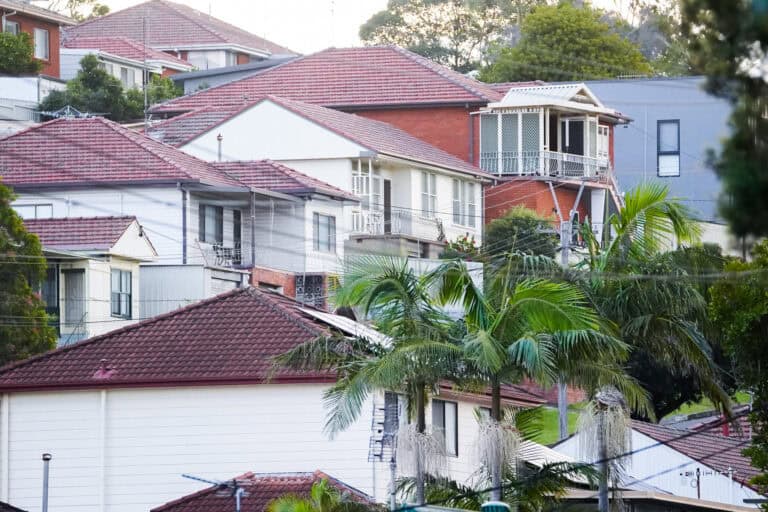Contact Us for Expert Advice for Your Project
2025 Brings a New Era of Housing Regulation
Property development in New South Wales has entered a new phase in 2025. In response to the state’s ongoing housing crisis and rapid urbanisation, NSW Planning has rolled out major updates aimed at encouraging diverse housing, improving compliance, and fast-tracking approvals, while tightening the rules in other areas.
For developers, these changes present both opportunities and new risks. Whether you’re working on a dual occupancy in the Illawarra or a townhouse project in Inner West Sydney, understanding the new land development regulations is now non-negotiable.
Let’s break down what’s changed, why it matters, and how to stay compliant in 2025.
1. The Low Rise Housing Diversity Code Has Evolved
The cornerstone of 2025’s reform is the updated Low Rise Housing Diversity SEPP (State Environmental Planning Policy), which aims to increase housing density in residential zones without compromising character.
Introduced in phases, the Low and Mid Rise Housing Policy now includes expanded definitions, more rigid controls, and a focus on terraces, manor homes, and dual occupancies as viable alternatives to traditional detached housing.
Key Changes You Need to Know:
New minimum lot sizes and street frontage requirements
Mandatory rear setbacks for lots under 300m²
Stricter building envelope rules and shadow controls
Enhanced landscaping requirements to reduce bulk and scale
Certifiers can approve these developments under complying development, reducing delays, but only if your design strictly aligns with the new controls.
2. New Building Design Standards for Medium-Density Housing
From February 28, 2025, new duplex and townhouse regulations came into force under changes to NSW planning law. These rules aim to improve the quality, livability, and appearance of mid-density housing developments.
According to ABC News, the government is cracking down on “cookie-cutter” projects by requiring greater architectural diversity and more transparency in the development approval process.
3. Complying Development Now Covers More, but Requires Precision
The Housing SEPP SL 2021-0600 has been updated to expand the types of developments eligible for fast-tracked CDC approval. This includes:
Smaller lots with innovative layouts
Semi-attached dual occupancies
Infill development in R2 Low Density zones
However, with more opportunities comes more scrutiny. Developers must now meet:
Refined height limits and floor space ratios
Prescriptive parking and private open space requirements
Enhanced drainage and stormwater management plans
It’s not just about ticking boxes anymore, one misstep in design could mean you’re bounced back into the DA process.
4. Subdivision Requirements in 2025 Have Tightened
Subdivision remains a cornerstone of development, but 2025 introduces new rules that affect both Torrens and Strata subdivisions. According to EZF Easy, new guidelines apply for lot orientation, rear setbacks, service easements, and infrastructure certification.
Major Updates Include:
Clearer registration requirements for community and strata schemes, especially for irregular lot shapes or shared access (see NSW LRS Guidelines)
Stricter pre-construction certification, requiring early engagement of certifiers
Greater emphasis on Section 73 and 307 approvals for sewer and infrastructure prior to Subdivision Certificate lodgement
If you’re subdividing, it’s more important than ever to engage your certifier early and get a checklist of what’s required.
5. Local Environmental Plans (LEPs) Now Play a Bigger Role
While state-level changes dominate headlines, local councils are rolling out aligned LEP amendments that developers can’t afford to ignore. These include:
Increased minimum lot sizes for dual occupancies
Rezoning proposals to increase density in selected corridors
Design review panels for mid-density developments
Developers are now expected to interpret LEPs in conjunction with the Environmental Planning and Assessment Regulation 2000 to determine feasibility.
6. Infrastructure Planning and Utility Approvals Under Stricter Oversight
Infrastructure bottlenecks have caused years of delay across NSW. In 2025, planning authorities are tightening expectations around infrastructure delivery, and developers are expected to:
Submit detailed servicing reports at the Subdivision Works Certificate stage
Provide evidence of stormwater and traffic impact mitigation
Obtain early utility sign-offs from Sydney Water, Ausgrid, and local providers
Infrastructure is no longer a formality, it’s a core part of the assessment process.
7. Increased Focus on Developer Accountability
NSW is cracking down on non-compliance and fly-by-night operations. The ACT is leading the charge with new developer licensing requirements, and NSW is expected to follow closely.
This means developers who fail to meet compliance obligations may face penalties, delayed approvals, or even project halts.
How to Stay Ahead of These Changes
With so many updates now in force, and more on the way, it’s essential that developers:
✅ Engage a certifier early, preferably before DA submission
✅ Stay on top of local and state planning legislation updates
✅ Work with consultants who understand the 2025 regulatory landscape
✅ Build in compliance lead time into your construction schedule
Planning, communication, and early-stage compliance are no longer optional, they’re make-or-break components of your development strategy.
Regulation is Getting Smarter, So Should You
The NSW planning system is evolving to meet housing demand without sacrificing design integrity or infrastructure reliability. While the new rules present challenges, they also create space for innovative, high-quality developments that meet the needs of a growing population.
By staying proactive and partnering with experts like Statewide Certifiers, you can navigate the new rules with confidence, and turn compliance into your competitive advantage.
Frequently Asked Questions
The biggest mistake is starting the certification process too late. Developers often wait until the final stages of their project, only to realise that crucial approvals were needed earlier. This leads to costly delays, unexpected expenses, and last-minute scrambling to meet compliance requirements.
Solution: Engage a certifier early in the project, understand your required approvals, and keep up with NSW regulations to prevent delays.
The most significant update is the Low Rise Housing Diversity SEPP, which streamlines approvals for terraces, manor houses, and dual occupancies. This regulation allows private certifiers to handle approvals instead of councils, speeding up the process for developers.
Key Takeaways:
- Faster approvals but stricter design conditions.
- Specific zoning, lot size, and frontage requirements.
- Infrastructure compliance is crucial for approval.
Land certification has shifted away from council-controlled approvals, giving developers more flexibility. Private certifiers now handle many approvals, reducing red tape and shortening wait times.
Future Outlook: The industry will continue moving toward digital processes and streamlined assessments, making it easier for developers who stay informed.
The most common cause of delays is appointing a certifier too late. Missing documentation, incomplete applications, and misunderstandings about regulations can also stall approvals.
How to avoid delays:
- Engage a certifier at the DA approval stage.
- Ensure all required documents are submitted upfront.
- Follow a structured compliance checklist to prevent missed steps.
Torrens Title is used for standalone properties where each lot has direct land ownership. Strata Subdivision is for multi-dwelling developments with shared spaces, such as apartments or townhouses.
When to choose which:
- Torrens Title: Best for projects with separate land ownership.
- Strata Subdivision: Ideal for developments with shared structures.
Checkout Our Services
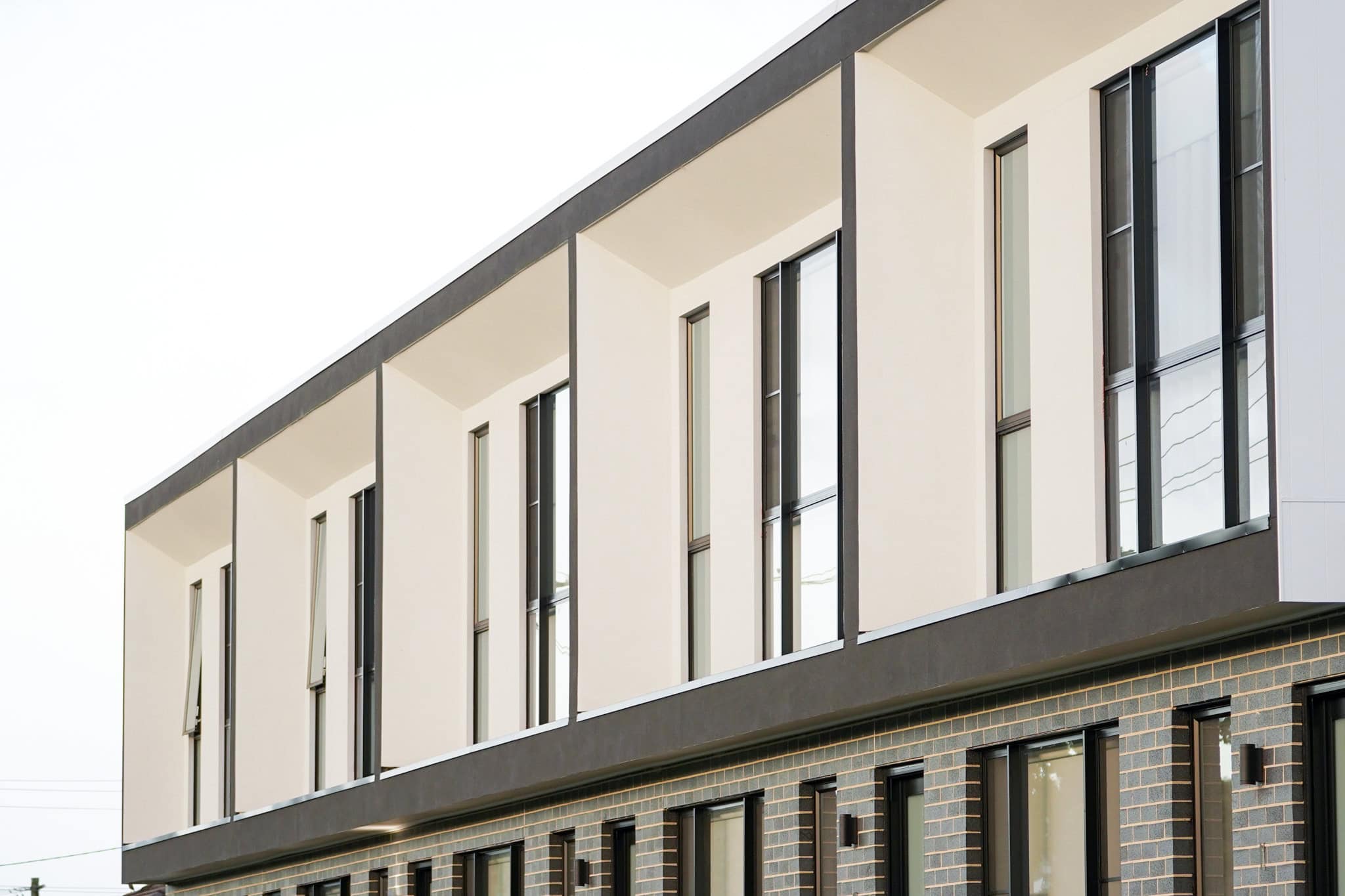
Subdivision Certification
Registered Subdivision (B1) Certifier
Statewide Certifiers offers services for subdivision works, including inspections and compliance certifications. Our experts ensure that subdivision works meet regulatory standards and issue completion certificates. Our services are available in nominated local government areas, providing reliable support for developers and builders.
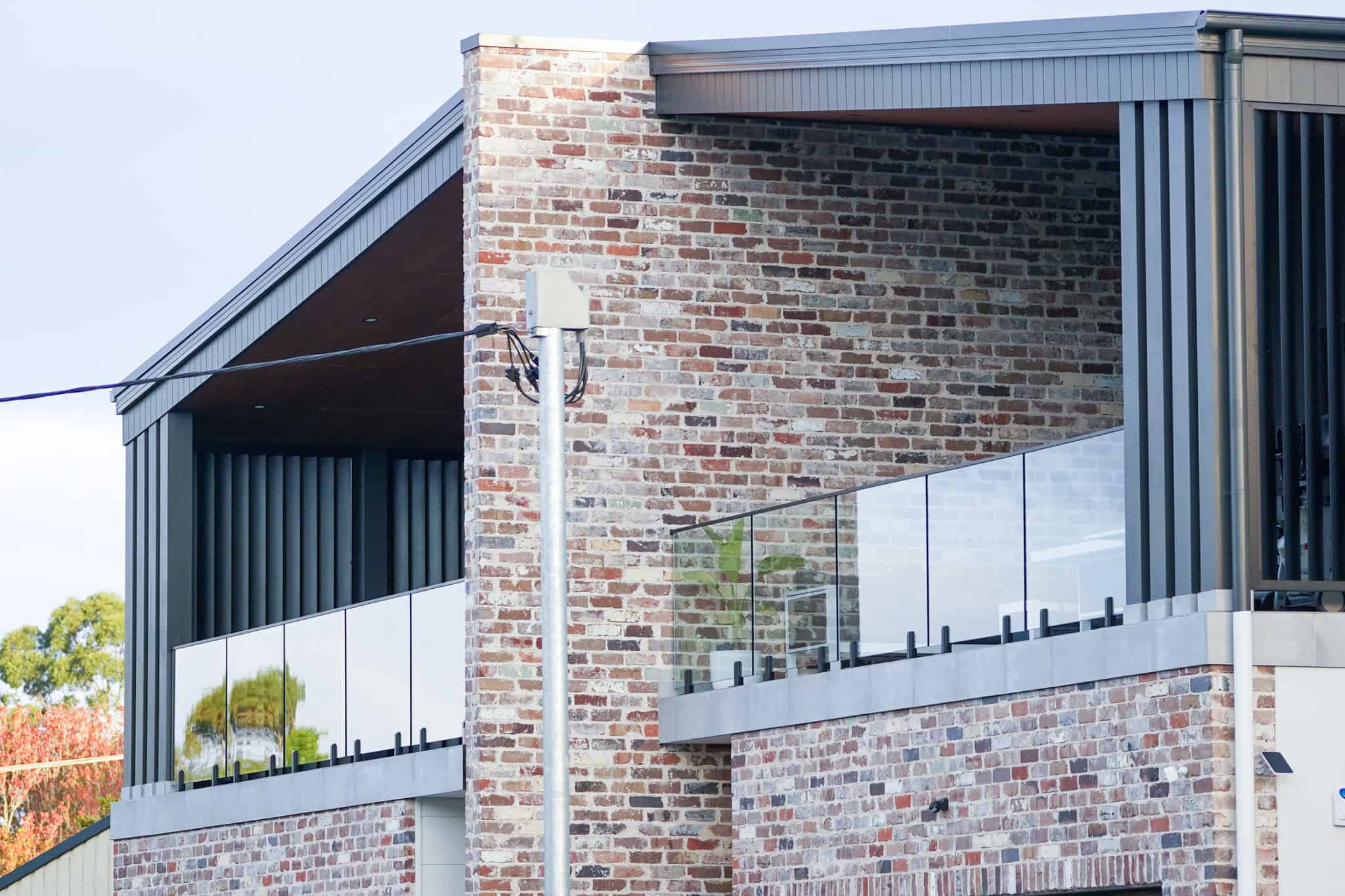
Subdivision Works Certificates
Registered Subdivision (B1) Certifier
We provide expedient assessment and issuance of Subdivision Works Certificates (formerly Construction Certificates). As your trusted certifier, we always ensure compliance with subdivision development works requirements, offering efficient certification services to help developers move forward with their projects without delays.
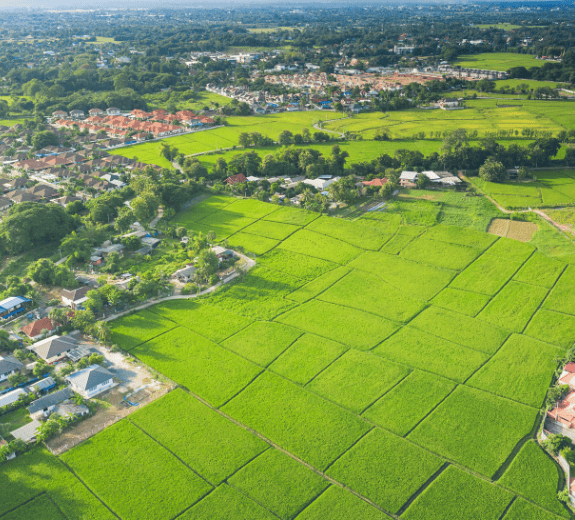
Strata & Torrens Subdivision Certificates
Registered Subdivision (B1), (D1) Certifier
Statewide Certifiers specialise in Strata & Torrens Subdivision Certification, including Strata Subdivision, Community Property Conversion, and Strata Plan Subdivision under the Strata Development Act. We assess and issue Torrens Subdivision Certificates in designated areas, facilitating smooth project progression and adherence to local regulations.
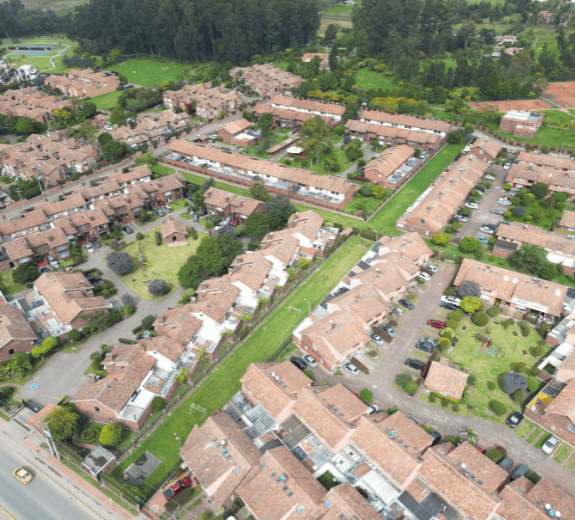
Complying Development Certificates
Registered Subdivision (B1), (D1) Certifier
We issue Complying Development Certificates (CDC) for Strata and Torrens subdivisions under SEPP codes. Our experts assist with multi-dwelling project approvals, ensuring council compliance. We also provide certification for low-rise housing, including subdivision works, inspections, and plan certifications, ensuring compliance for developers and builders.

